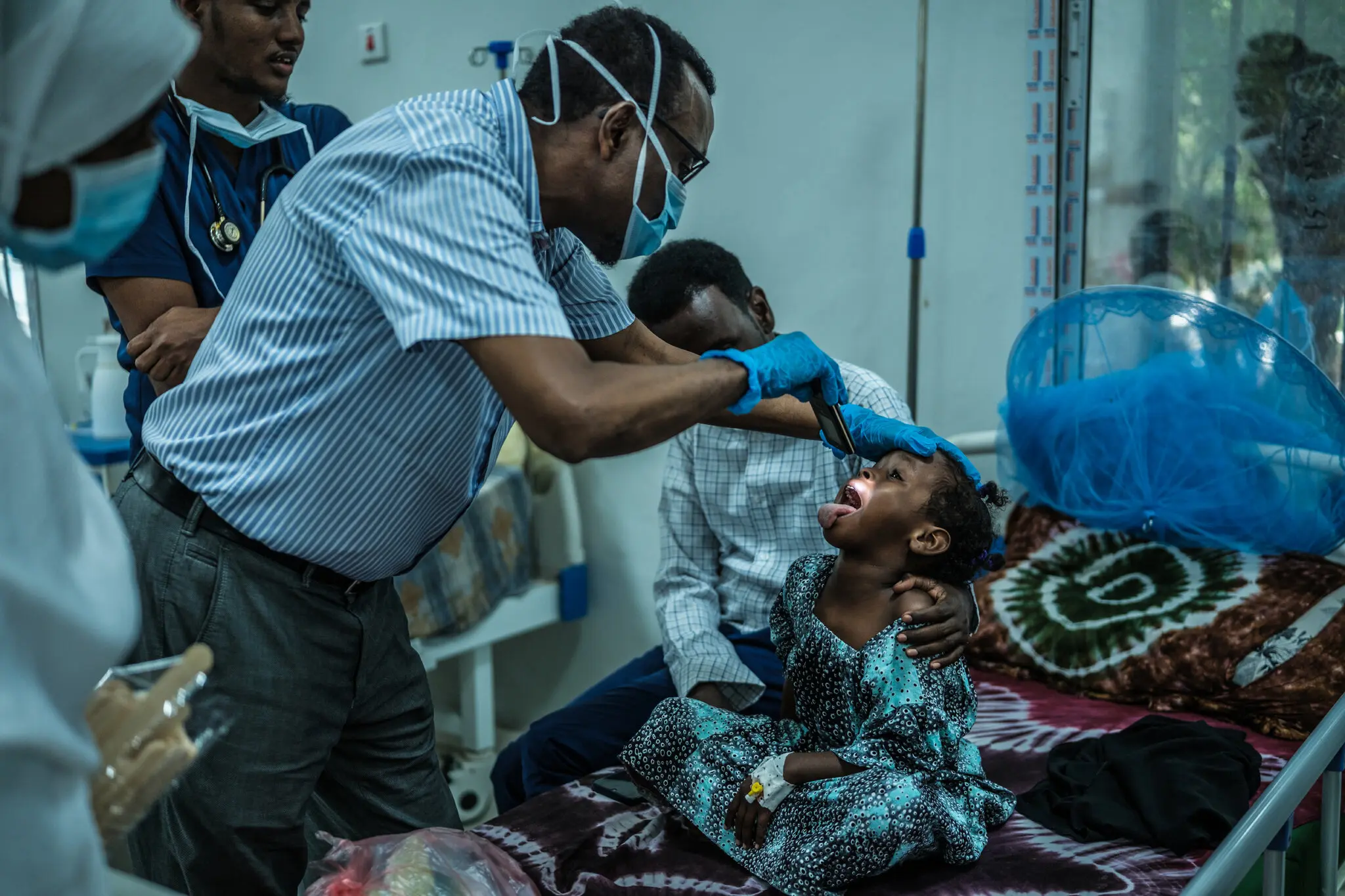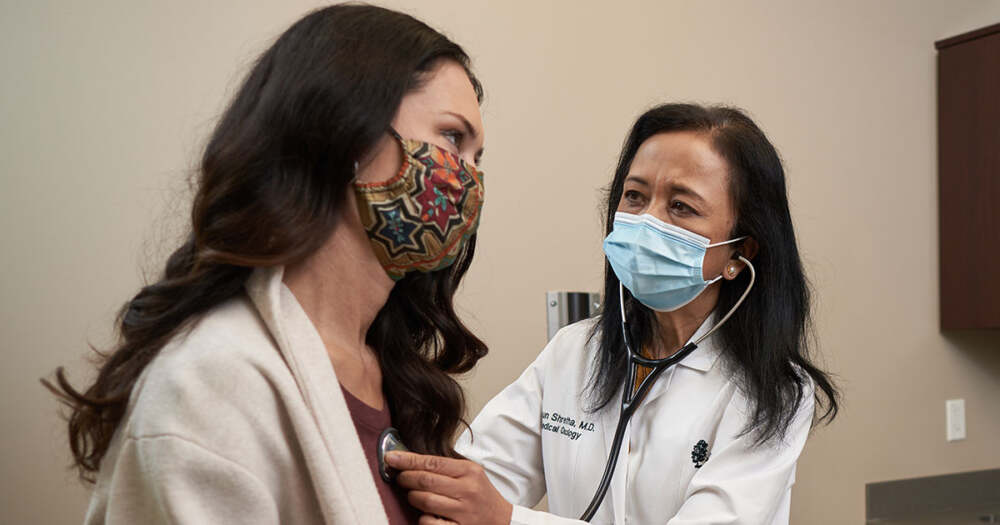Germany is grappling with its most severe bird flu outbreak in decades, as authorities have culled more than 500,000 poultry since early September to contain the spread of the H5N1 avian influenza virus. The outbreak has affected both commercial poultry farms and wild bird populations, leading to widespread concern among farmers, environmentalists, and public health officials.
Rapid Spread Across the Country
The avian influenza virus has spread rapidly across Germany, with over 30 commercial poultry farms reporting outbreaks. The Friedrich Loeffler Institute (FLI), Germany’s national animal health authority, has confirmed 31 outbreaks in poultry farms and 73 cases in wild birds since the beginning of September. The virus has been detected in various regions, including Mecklenburg-Western Pomerania, Brandenburg, and Lower Saxony.
In response to the outbreaks, authorities have implemented strict measures to prevent further spread. These include the culling of infected flocks, restrictions on poultry movements, and increased surveillance of wild bird populations. The culling of over 500,000 birds is seen as a necessary step to protect both animal and human health.
Impact on Wild Bird Populations
The outbreak has also had a devastating impact on wild bird populations. In Linum, a village near Berlin known for its birdwatching opportunities, nearly 2,000 migrating cranes have died from the virus. Volunteers have been collecting dead birds wearing protective gear, and authorities have implemented measures to deter birds from gathering in the area, such as reducing local water flow.
The rapid spread of the virus among wild birds is particularly concerning, as it indicates the potential for the virus to evolve and possibly infect mammals. While the risk to humans remains low, the increasing number of cases in wild birds raises alarms about the broader ecological impact of the outbreak.
Economic and Public Health Concerns
The bird flu outbreak has significant implications for Germany’s poultry industry. The culling of over 500,000 birds has disrupted supply chains and is expected to lead to higher prices for poultry and eggs. Farmers are facing financial losses, and the industry is under pressure to implement enhanced biosecurity measures to prevent further outbreaks.
Public health officials are also monitoring the situation closely. While the risk of human infection remains low, the increasing number of cases in wild birds and the potential for the virus to evolve are causes for concern. Authorities are urging the public to report any sick or dead birds and to avoid contact with wild birds to minimize the risk of transmission.
Broader European Context
Germany is not alone in facing a resurgence of avian influenza. Other European countries, including Belgium, Slovakia, and Denmark, have reported outbreaks of the H5N1 virus in poultry farms. The World Organisation for Animal Health (WOAH) has issued alerts about the spread of the virus and the potential for further outbreaks in the region.
The rapid spread of the virus across multiple countries underscores the need for coordinated efforts to control the outbreak. Experts emphasize the importance of early detection, swift response measures, and public awareness campaigns to mitigate the impact of the disease.
Looking Ahead
As Germany continues to battle the worst bird flu outbreak in decades, authorities are focusing on containment efforts and monitoring the situation closely. The culling of over 500,000 birds is a significant step in controlling the spread of the virus, but ongoing vigilance is necessary to prevent further outbreaks.
Farmers are being urged to implement enhanced biosecurity measures, including restricting access to poultry farms, disinfecting equipment and vehicles, and monitoring the health of their flocks. Public health officials are also advising the public to avoid contact with wild birds and to report any sick or dead birds to local authorities.
The current outbreak serves as a stark reminder of the importance of preparedness and response in the face of emerging infectious diseases. While the risk to humans remains low, the potential for the virus to evolve and spread underscores the need for continued vigilance and cooperation at national and international levels.
















Leave a Reply